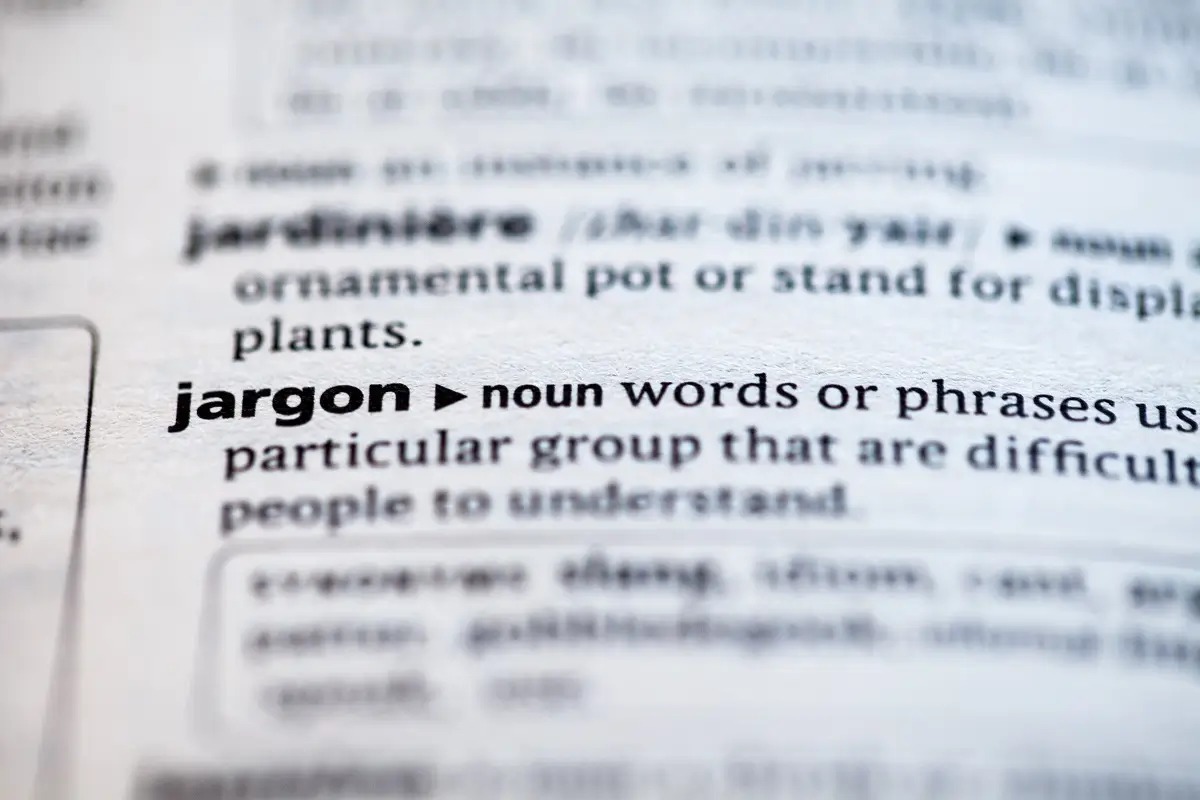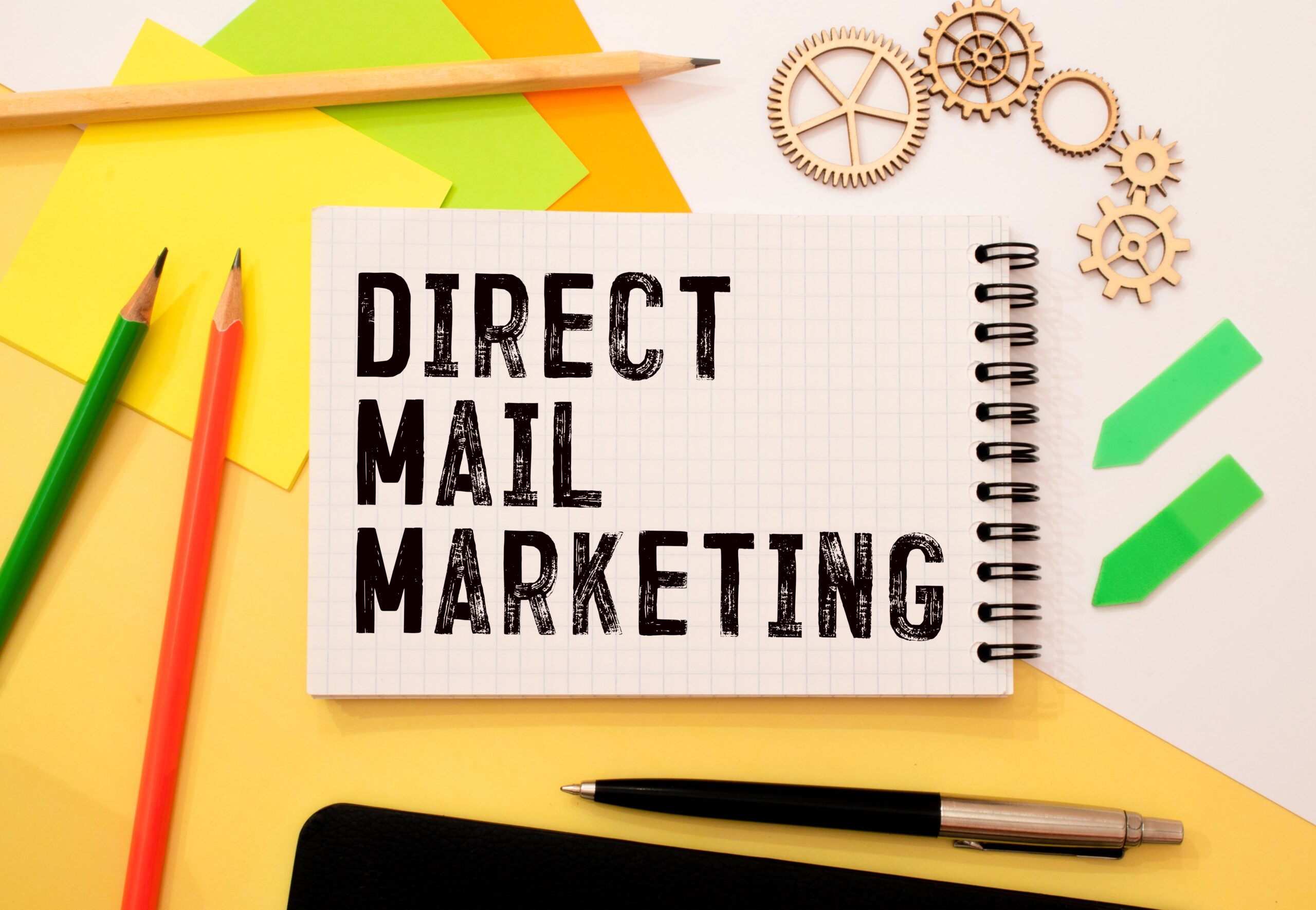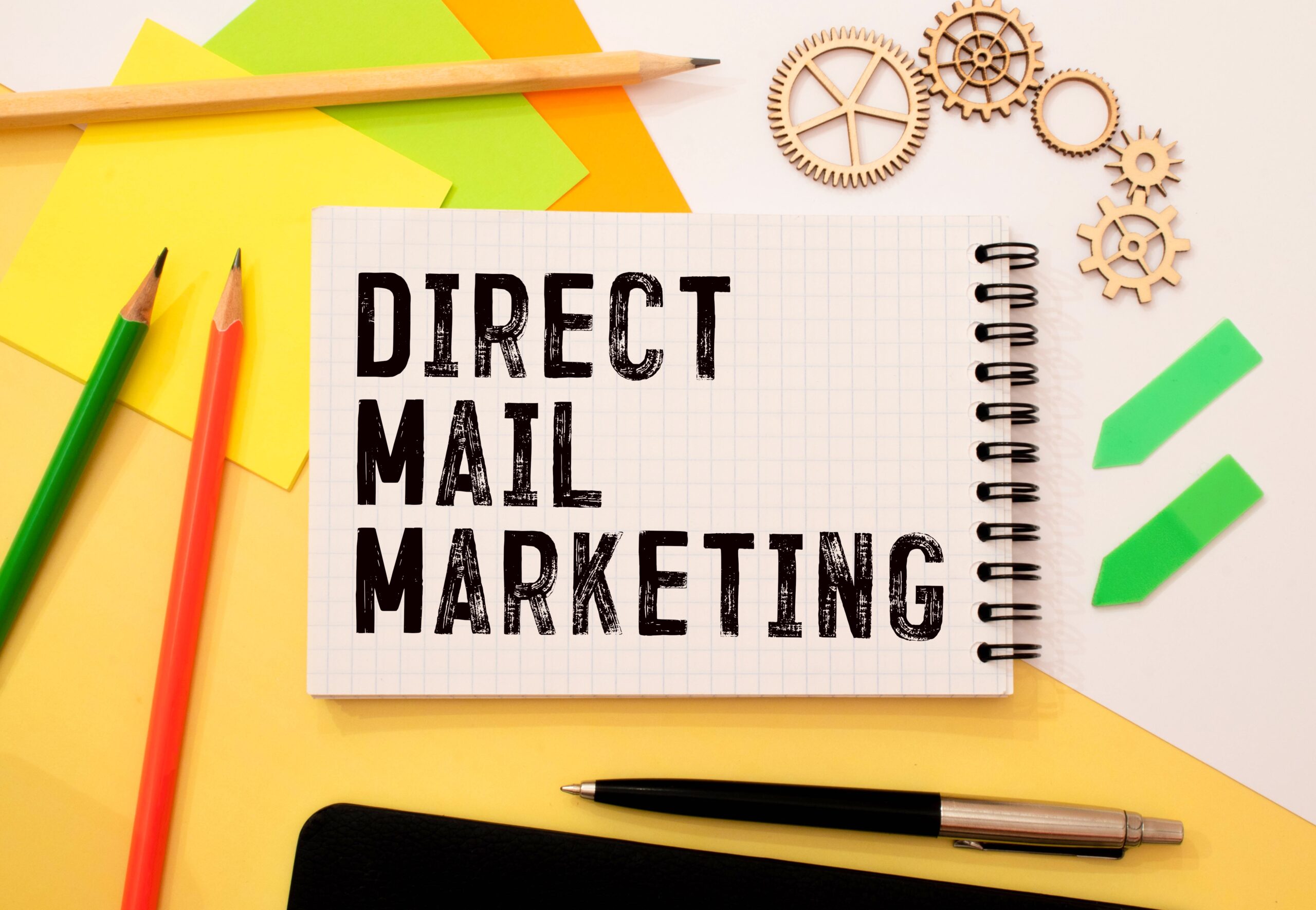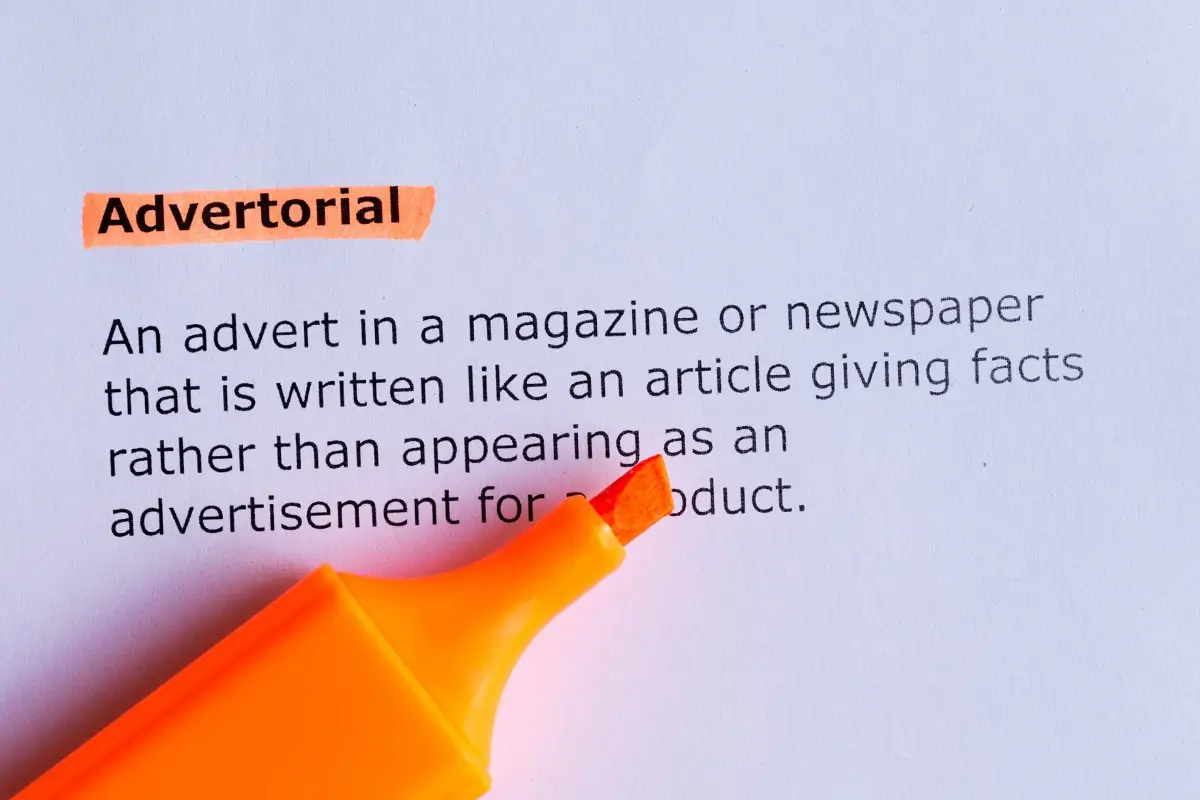
While studying for my MBA I got thrown into a pit of engineers – a wild detour from my cozy journalism school bubble. As a creative person who skirted math in favor of writing and arts, I might as well have gone down the rabbit hole. I abandoned my cushy cocoon and dove headfirst into the unfamiliar terrain of tech jargon. But collaborating shoulder to shoulder with technical professionals offered me a unique perspective on stakeholder communication and how it affects tech marketing.
Unlike creative writers and journalists who can sprinkle their tech communication with feelings and flare – and a dash of the unexpected – engineers tend to use the language of numbers and diagrams without mincing words. During my MBA journey, even I grew comfortable using graphs and some mathematical concepts as vehicles for conveying complex ideas (who would’ve thought?).
Tech jargon 101: Turning complex ideas into sales copy
My experience at the business school also highlighted for me that engineers often struggle to articulate complex concepts in layman’s terms. I assume this is because their analytical mindset prioritizes technical details over social nuances. I can see why there’s a stereotype that labels engineers as poor communicators. Unlike salespeople and public relations experts – whose work has greater visibility in the public space – engineers generally lack the expertise of employing language that resonates with diverse groups.
IT jargon is a tech marketing killer
For this reason, people can often interpret what they say as confusing or inaccessible. Engineers and developers also tend to fall back on tech speak because it serves as a precise and efficient means of conveying high-level constructs. The tendency to use tech jargon is acceptable when communicating within specialized domains or peer groups but it falls short when communicating with broader demographics, such as procurement managers, department heads who buy software. This is why IT jargon shouldn’t be part of anyone’s content marketing strategy.
Tech speak minus the snooze factor
Working with engineers was enormously helpful because by the time I transitioned into my role as a freelance copywriter for tech firms, I was already used to tech speak. Knowing this helped me when crafting marketing copy about commercial aspects of various software solutions, while maintaining clarity and relevance. I learned to balance the intricacies of software in my writing, using technical aspects sparingly without sacrificing the precision valued by the professionals in tech firms.
Ditch tech jargon, keep the impact
This duality that I nurtured over the years became my cornerstone in creating sales copy that resonates with technical and non-technical audiences. What I’m trying to say is that while it’s tempting to fall back on tech speak, too many jargon words not only don’t inspire prospects – they run the risk of agitating them. They also undermine a company’s brand authenticity, killing any chance of cutting through the clutter.
IT jargon puts ideas in solitary confinement
If you don’t leash your impulse to saturate your sales copy with tech jargon, you may limit the reach of ideas and innovations that you’re promoting. Excessive tech speak is ineffective tech marketing. It makes your message less appealing and relatable to broader readers, especially non-tech audiences who need to be stirred into engagement.
Tech jargon can cost you deal$
Sales copy that’s too technical can also lead to poorly informed decisions. If stakeholders struggle to understand your tech jargon, they’ll also struggle to make educated choices, which is increasingly essential in capturing new business. What’s more, your sales copy may be misunderstood and lead to a misrepresentation of your service offering, leading to missed opportunities for fresh revenue streams.
From clarity to conversions: Winning prospects with plain talk
According to Communications Consultant Adam Singfield, tech jargon risks confusing the audience through wordiness or the use of obscure terms, at best. At worst, it completely defeats the intent of the writer to communicate with clarity. Unless you define the words for readers who may not understand them – avoid using them altogether.
Fortunately, there’s a range of methods that you can employ as part of your tech marketing strategy to make sure your sales copy reaches prospects and wins business. They include using plain language; telling a story; focusing on the commercial benefits of your solution as opposed to features or functionalities; considering the operating context of your customers; and thinking about the problems your solution is solving.

Use plain language instead of throwing jargon grenades
Think of your sales copy as your first date with prospects – be charming, relatable and avoid tech babble. If your readers have to decode your geeky hieroglyphics, you’ve already lost them. With the average adult reading at an 8th-grade level, it’s not about dumbing down; it’s about making your tech marketing copy more accessible. People want solutions, not a linguistic labyrinth.
Here are a few simple tips that you can follow in order to make your writing sound more human and less intimidating:
- Test it on your non-techy pals. If they nod back in confusion, you better rethink your strategy.
- Banish acronyms. Lose the alphabet soup and spell it out like you’re texting your grandpa.
- Metaphors are your allies. You can use a number of engaging ways to redescribe various concepts. Think of reframing:
- Software bugs as rebellious toddlers.
- Software update as a digital makeover.
- Computer viruses as the online equivalent of catching a digital cold – nobody wants it and it spreads fast.
- Passwords as secret handshakes enabling access to exclusive content.
- Server downtime as the equivalent of a power nap for your website with the exception that your users didn’t’ sign up for a snooze fest.
- Cloud computing as an invisible butler that stores your data, ready to fetch it at your request.
- Cybersecurity as the digital bouncer keeping the online party safe from gatecrashers.
- Dump the buzzwords. Prospects want substance and clarity, not flashy, overused terms or tech jargon that lack specific meaning.
- Keep it punchy. If you’re writing a tech manifesto you’re just building a wall between you and your audience.
Tech speak is for cyborgs: Humanize your tech marketing
When you lead your sales copy with a human element, you’re making your service offering more relatable and engaging. You can achieve this by telling success stories of clients who have benefited from your technology – including behind-the-scenes anecdotes of development challenges, and even humorous accounts of tech quirks. These kinds of original details can captivate and connect with prospects because they showcase the value and personality behind the technology.
Real stories, real connections, real business
Besides, adopting a software solution is a seamless, perfect journey without any hiccups – said no tech leader ever. True stories also help users understand real-world applications and benefits of technology, while helping you enhance memorability and build brand authenticity in a crowded market. Here are five rules for dumping tech jargon and humanizing your marketing copy:
- Speak human, not code. If your sales copy sounds like a robot’s manual, replace IT jargon with conversational language that you’d use when meeting someone at a social event.
- Inject personality. By sprinkling your story with a dose of humor and a dash of wit, you’ll let your brand shine without coming across as a tech marketing cliché or a stuffy corporate entity.
- Tell real stories. Don’t be afraid to share an occasional setback – no one will believe a perfect façade anyway. Imperfections add credibility and relatability and resonate with your audience on a personal level.
- Craft a narrative journey. Design your message around a well-paced plot, not tech jargon. Build anticipation, solve challenges and end with a triumph delivered by your solution.
- Talk about real problems. Give a detailed account of how your solution is directly tackling pain points. This will make it sound like a credible fix rather than a fancy gadget.
Marketing copy that shines: More benefits, fewer features
What do your customers stand to gain by adopting your solution? Is it real-time collaboration? Detailed analytics? Fewer repetitive tasks? These are the points that you need to lead with in your sales copy, not tech jargon. By focusing on great outcomes, you’re framing the purchase of your product as a positive experience for your customers.
This habit should be the pillar of your tech marketing strategy. It will yield faster conversions and shorten decision-making time because it empowers customers to assess quickly if your product aligns with their needs. It’s not that customers don’t care about the functionalities of your product. But remember – your prospects aren’t buying features, they’re investing in solutions to their problems.
Sell the transformation, not the tech
In the world of tech marketing, customers care less about your product’s intricate details and more about how it transforms their lives.Customers are interested in results and experiences. By drowning your sales copy with tech jargon, you risk coming across as a salesperson of a flashy widget. This approach can also lead to a disconnect with the customer’s needs.
For one, it doesn’t leave much room for your customers to see themselves in your narrative. And two, it’s not catering to your customers’ desire for simplicity and understanding. So don’t concentrate on the nuts and bolts of your solution – focus on the concerns of your diverse customers and adapt your marketing copy for different audience segments.
Consider the operating context of your client base
Who are your clients’ competitors? What kind of economic policies are affecting their business? How are their customer preferences changing over time? Their business model may be affected by rapid technology advancements, global economy and regulatory changes. Are you staying up-to-date of these developments?
These are potent insights that you can integrate in your sales copy for greater impact and they will deliver greater value than tech jargon. When you understand the broader operating environment of your clients you can customize your service offering so it resonates with a range of customer profiles. It also helps you stay attuned to evolving market dynamics that may or may not work in your customers’ favor.
Keep up with the customers’ trends
By grasping these factors, you can successfully address specific pain points, preferences and aspirations of your prospects and clients. This kind of personalization will help you adapt your tech marketing strategy and service offering so it better meets your customers’ expectations. For example, one of your customers may be pivoting their product line in response to growing environmental awareness.
Avoid getting bogged down in IT jargon; instead, leverage this knowledge by emphasizing eco-friendly features within your products in your sales copy. This line of action can set you apart from competitors and possibly make your service offering attractive to other environmentally-conscious clients.
Before jargon words: Address the problem your solution fixes
Before sales copy there’s product development. Defining the specific problem your tech solution is addressing guides your product development efforts. But it should also guide your tech marketing activities. When startups are brainstorming ideas alongside developing technology they also conduct thorough market research to see if their product aligns with market needs. It helps them define their prospects, assess competition and refine the product to meet customer demands.
So, when crafting your tech marketing message, my advice is this – go back to basics and don’t even think about tech jargon. Review what inspired your product development in the first place, keep it short and put it in plain words. This little audit will act as the blueprint for your sales copy. Once you’ve laid it out, you’ll realize that you’ve also outlined key elements and strategies to communicate your message.
Spot customers’ shifts and address their challenges
For example, some tech firms were inspired by the slow and unreliable Internet in remote areas to create lightweight, offline-capable applications and content delivery systems optimized for low bandwidth. Others saw great opportunity in increasingly empty office space that led to the creation of flexible remote work solutions such as virtual collaboration platforms, digital project management tools or ergonomic home office furniture.
I realize that things aren’t always so simple. Software products change over time based on customer feedback, new trends and market changes. Still, it’s much better strategy than opening your tech marketing copy with jargon words few people understand.
Silencing geek speak for stakeholder communication
Engineers, developers and other professionals with technical background often struggle to convey complex ideas in simple terms due to their analytical mindset. For this reason, they throw a lot of tech jargon in their writing. Unfortunately, this leads to the perception of them as ineffective communicators. If startup founders and product developers want to spearhead effective tech marketing that wins clients and drives growth they must learn to balance tech speak.
Ditching the tech jargon goes beyond a friendly suggestion – it’s a tech marketing survival skill. It’s the difference between captivating a diverse audience and drowning in the sea of confusion. When your sales copy is lost in translation, so are potential clients and revenue opportunities. For this reason:
- Use plain language. Simplify your sales copy by avoiding tech jargon, using metaphors, banishing acronyms, ditching buzzwords and ensuring clarity. If in doubt, test it with non-techy friends for effectiveness. Keep it relatable and punchy.
- Tell a story. Humanize your tech products by incorporating client success stories, development challenges and tech quirks for brand authenticity. Speak in relatable language, inject humor, share setbacks and address real problems for credibility.
- Lead with benefits, not features and functionalities. Emphasize what customers gain: real-time collaboration, analytics, efficiency, etc. This approach puts a positive spin on the purchase experience, while ditching boring tech jargon. It also speeds conversions and aligns with customer needs and desires.
- Understand your clients’ operating context. This includes competitors, economic policies and technological changes. Integrating these insights will help you address specific client needs and enhance your sales copy for a more compelling impact.
- Define the problem your solution is solving. You’ve already pinpointed the challenge your clients face – it’s what’s shaping your product development. Now use that same definition to inform your sales copy.
Ready to ditch the tech jargon and take your sales copy from geek to chic? Hit the subscribe button for killer insights to level up your tech marketing game.







